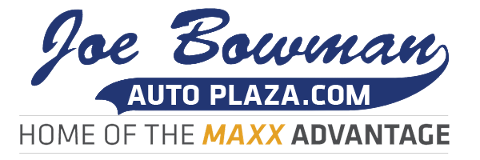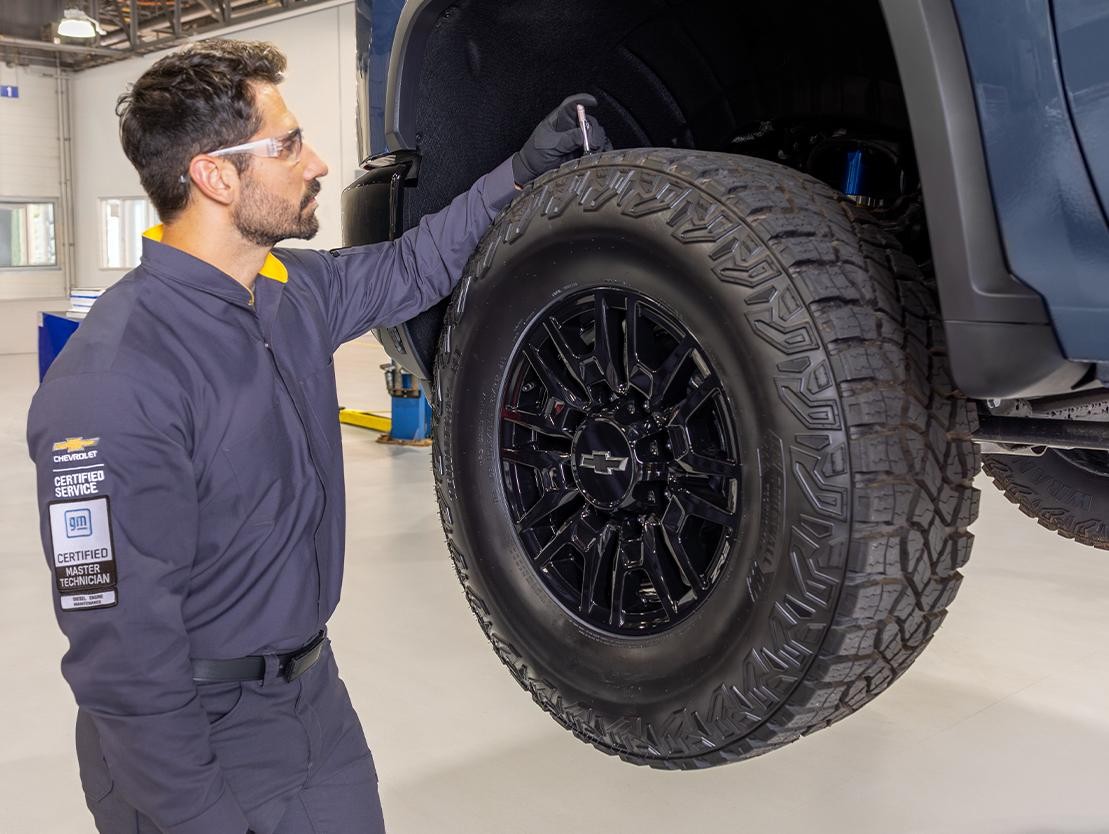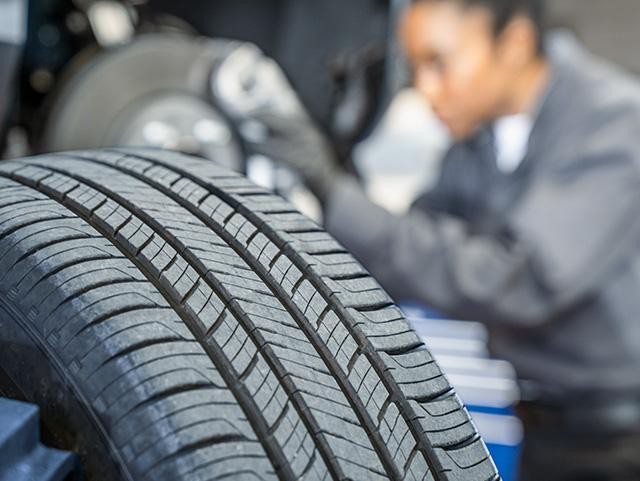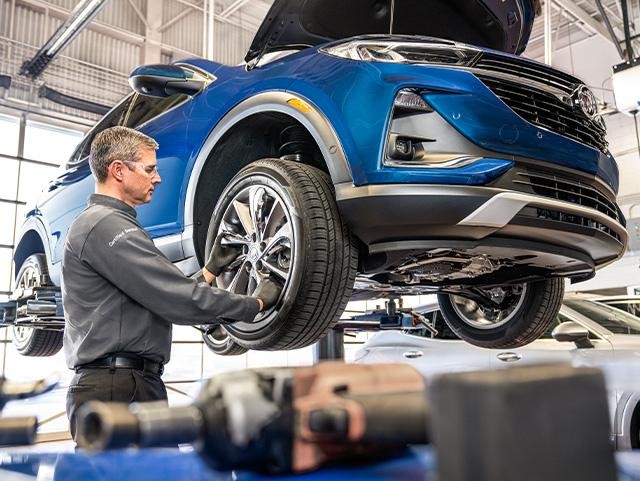What Causes Tire Wear
The purpose of tire tread is to divert water away from the tire so that it maintains traction, while helping to maintain vehicle safety. However, over time, tires gradually wear, becoming more shallow.
There are many factors that cause tire wear, including your driving style and tire maintenance habits.
2 Other factors include:
• Out of spec tire alignment—Toe in and toe out
One thing is certain, as tires wear, it affects the overall tire performance, as well as your ability to maintain proper control of the vehicle in inclement weather.
The proper amount of tire tread helps maintain vehicle safety.
When there isn’t enough tread to grip the road, a driver can lose control of the vehicle.
How can you know when your tires have become unsafe? Built-in tread wear indicators do the trick. They look like narrow strips of smooth rubber across the tread and become visible as the tire surface wears.
Tire replacement is absolutely needed when the tread wear indicators appear. As a rule of thumb, tires can become unsafe when the tread has worn down to 1/16.”
However, there’s also another simple, quick way to check tire safety, and that’s with a penny!







